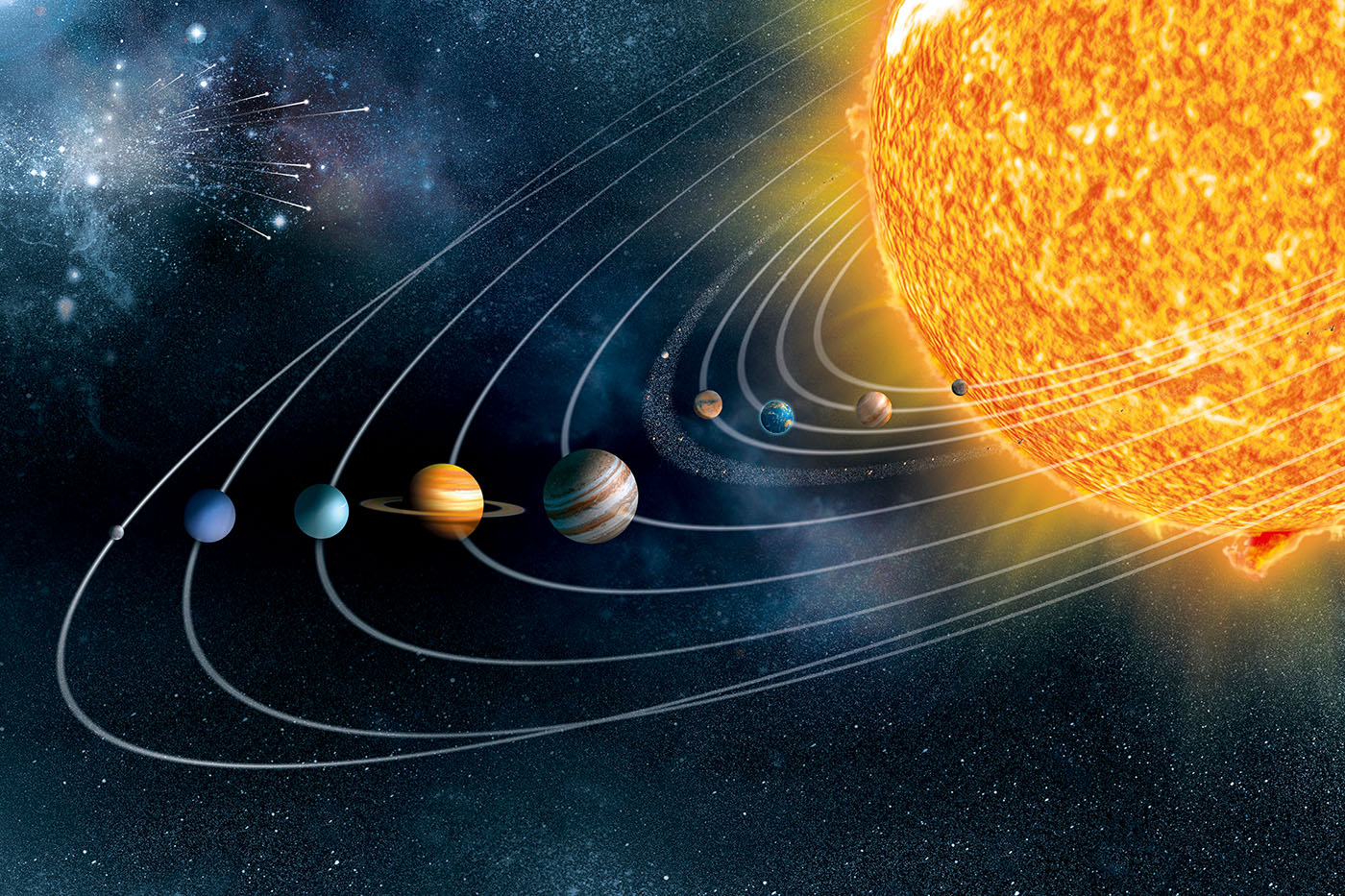
30 interesting facts about planets
- 👁️ 243
The universe is a vast and mysterious place, filled with countless celestial bodies, including planets. Planets are among the most fascinating and diverse objects in our solar system, each with its own unique characteristics and qualities. In this article, we will explore some interesting facts about planets.
- There are eight planets in our solar system: Mercury, Venus, Earth, Mars, Jupiter, Saturn, Uranus, and Neptune.
- Jupiter is the largest planet in our solar system, with a diameter of 86,881 miles (139,822 km).
- Uranus is the coldest planet in our solar system, with an average temperature of -357 degrees Fahrenheit (-216 degrees Celsius).
- The planet Venus has the longest day of any planet in our solar system, taking 243 Earth days to complete one rotation.
- Neptune is the farthest planet from the Sun, with an average distance of 2.8 billion miles (4.5 billion km).
- The planet Mars has the largest volcano in our solar system, Olympus Mons, which is 13.6 miles (22 km) high.
- The planet Saturn has the largest number of moons in our solar system, with 82 known moons.
- Earth is the only planet in our solar system known to support life.
- Mercury is the smallest planet in our solar system, with a diameter of 3,032 miles (4,879 km).
- Jupiter’s Great Red Spot is a massive storm that has been raging for at least 350 years.
- Saturn’s rings are made up of ice particles and rocky debris.
- Venus is often referred to as Earth’s “sister planet” because of their similar size, mass, and composition.
- Mars has the largest canyon in our solar system, Valles Marineris, which is over 2,500 miles (4,000 km) long.
- Uranus is unique among the planets in our solar system because it rotates on its side.
- The planet Neptune has the strongest winds in our solar system, with wind speeds that can reach up to 1,200 miles per hour (1,930 km/h).
- The distance between the Sun and the planet Mercury varies greatly due to the planet’s highly elliptical orbit.
- The planet Jupiter has a massive magnetic field that is 20,000 times stronger than Earth’s.
- Earth’s atmosphere is composed mainly of nitrogen and oxygen.
- Mars has a very thin atmosphere, with only about 1% the density of Earth’s atmosphere.
- Saturn is the only planet in our solar system with an average density less than that of water.
- The atmosphere of Venus is incredibly thick, with a pressure at the planet’s surface that is over 90 times greater than Earth’s.
- Uranus has a system of faint rings that were discovered in 1977.
- The planet Neptune was not discovered until 1846.
- The planet Mars has two small moons, Phobos and Deimos.
- Jupiter’s moon Io is the most volcanically active object in our solar system.
- Saturn’s moon Titan has a thick atmosphere that is mainly composed of nitrogen, similar to Earth’s.
- The planet Venus has a surface temperature that is hot enough to melt lead.
- The asteroid belt, located between Mars and Jupiter, is made up of thousands of small rocky objects.
- Pluto was once considered the ninth planet in our solar system, but it was reclassified as a “dwarf planet” in 2006.
- The planet Neptune has a faint ring system that was discovered in 1984.
The universe is a vast and mysterious place, filled with countless celestial bodies, including planets. Planets are among the most fascinating and diverse objects in our solar system, each with its own unique characteristics and qualities. In this article, we will explore some interesting facts about planets.